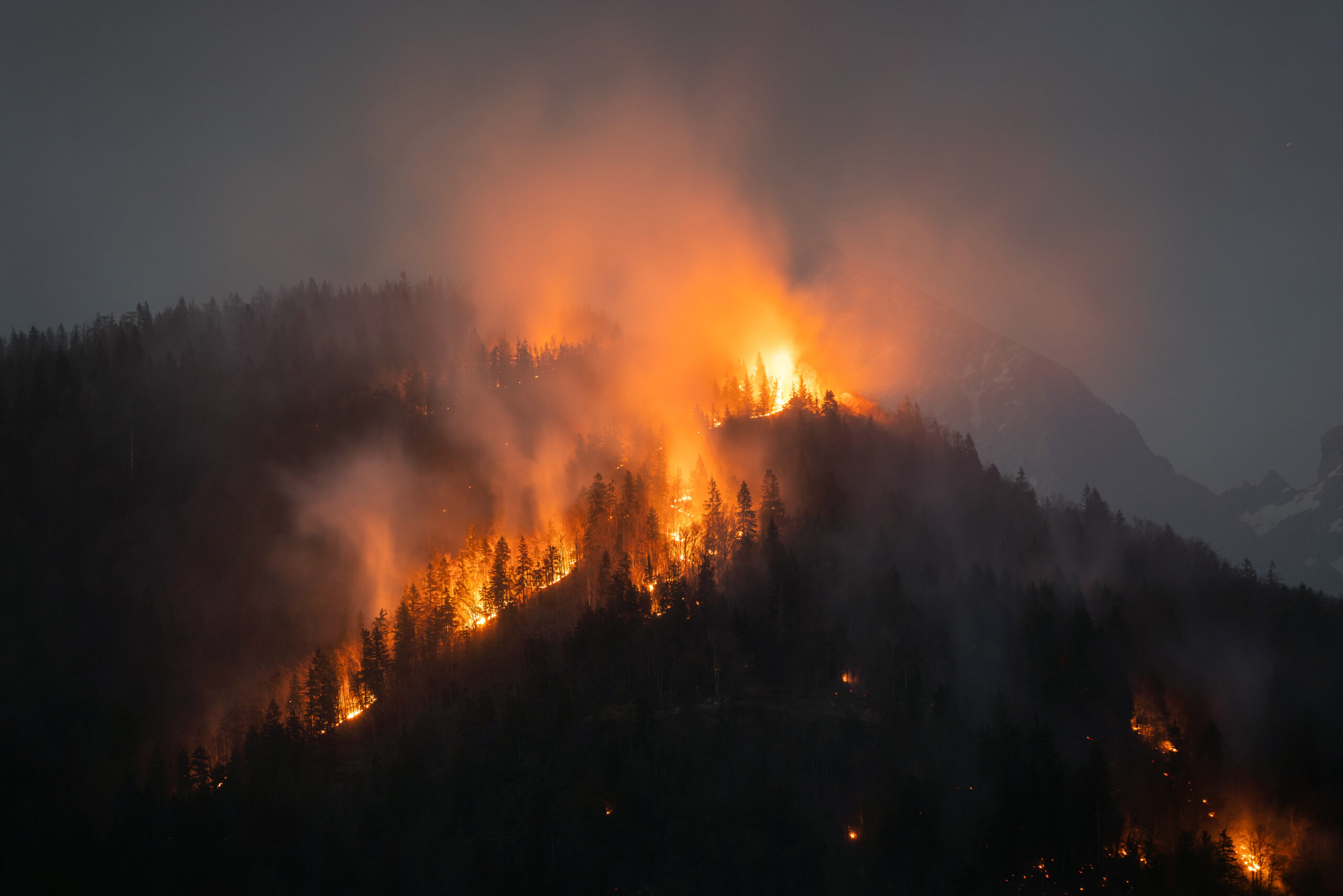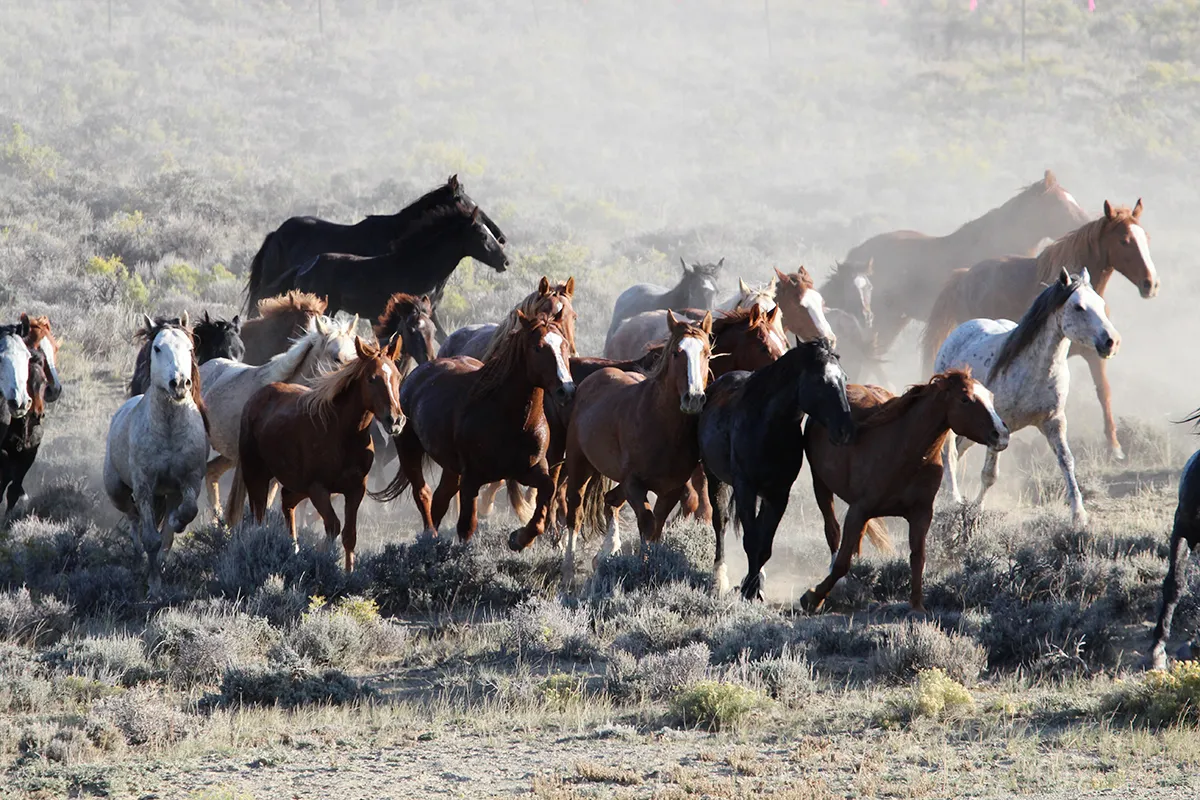PERC Fellow and Donald Bren Professor of Corporate Environmental Management and Economics at the Bren School of Environmental Science and Management and Economics Department at the University of California, Santa Barbara, Gary Libecap talks with John Batchelor on the history of mineral rights in the United States. An historic shift occurred in 1848 with the discovery of gold in California. Mineral rights, once owned by the federal government, went to individuals allowing them their own claims to the deposits. This is unique to the Western United States – that individuals ended up with private rights to minerals below the surface. Today, on Federal lands, however, there are potential deoposits of oil and natural gas that could be released with new technologies, but the problem is there is little security in the property rights to those lands, so it is likely these lands will not produce to their full potential. Listen to learn more!



